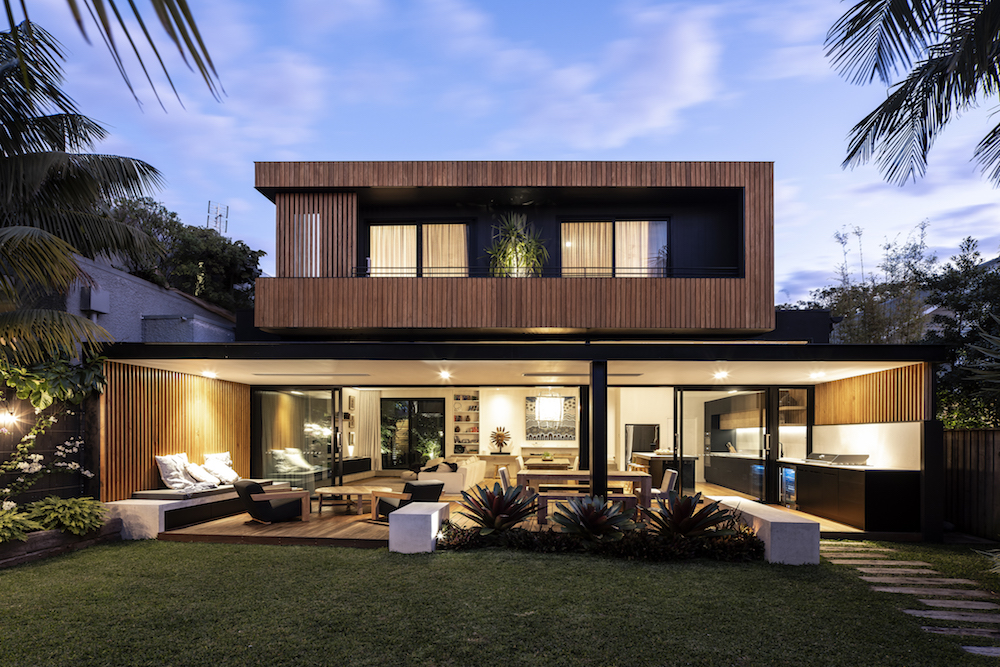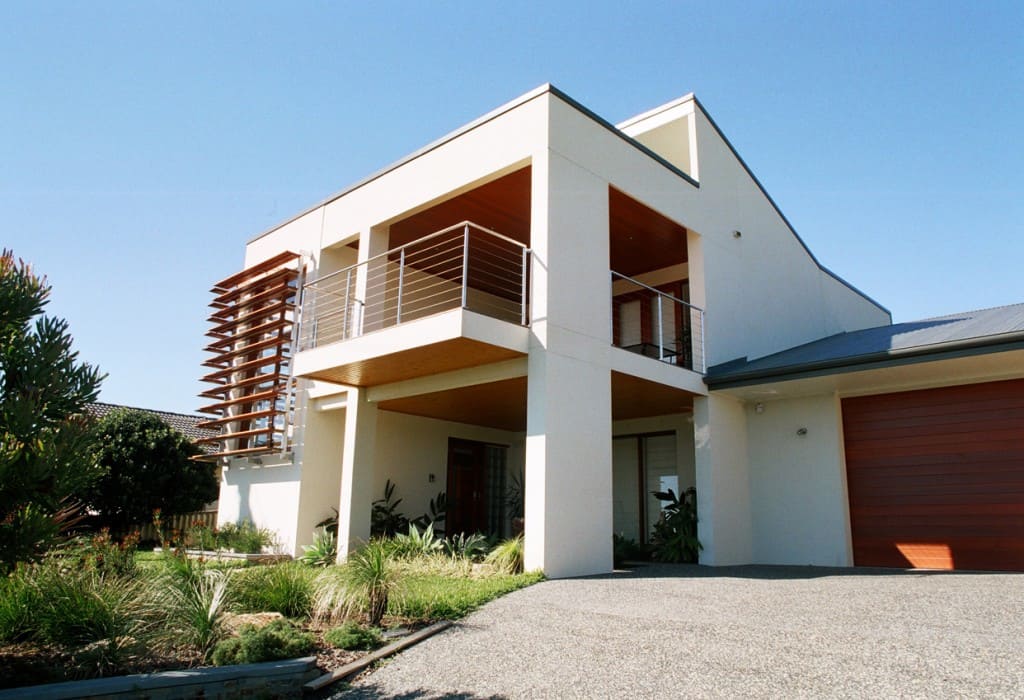Trusted Residential House Architect to Bring Your Vision to Life
Trusted Residential House Architect to Bring Your Vision to Life
Blog Article
Top Patterns in Residential Style You Must Learn About
As domestic style continues to progress, several compelling patterns are forming the means we design and inhabit our living rooms. Secret developments such as lasting structure methods, the combination of wise home technology, and the rise of modular homes highlight a significant change in the direction of both functionality and environmental responsibility.
Lasting Building Practices
A boosting variety of domestic projects are welcoming sustainable building techniques, driven by a growing recognition of environmental impact and power effectiveness. This change is identified by the integration of environmentally friendly products, energy-efficient designs, and cutting-edge building techniques. House owners and builders are increasingly focusing on the usage of renewable energies, such as bamboo and recycled metals, which not only minimize the carbon impact but likewise improve the resilience and aesthetic appeal of residential or commercial properties.
Incorporating energy-efficient systems is another crucial aspect of sustainable building - residential house architect. Attributes such as high-performance insulation, energy-efficient home windows, and solar panels are ending up being requirement in new property styles. These aspects not only contribute to reduced energy usage yet likewise supply significant long-term cost savings for house owners
In addition, the layout of lasting homes commonly emphasizes natural light and ventilation, lowering the reliance on fabricated lights and environment control systems. Landscape design methods, such as xeriscaping, further advertise sustainability by decreasing water usage.
As the need for sustainable living remedies remains to climb, the domestic style industry is positioned to innovate and adjust, making sure that future homes are not just ecologically responsible yet functional and also comfortable for their occupants. - residential house architect
Smart Home Modern Technology
Smart home innovation is changing the means property owners connect with their home, improving energy, convenience, and protection administration. This ingenious method integrates different devices and systems, allowing users to control their homes from another location or via automated processes. Central to this pattern is making use of clever gadgets such as thermostats, lights, safety video cameras, and home appliances, all attached using the Internet of Things (IoT)
One of the most attractive functions of smart home technology is the capability to personalize settings for optimal energy performance. House owners can keep an eye on energy use and readjust illumination, home heating, and cooling based upon their routines, substantially decreasing utility prices. Additionally, sophisticated protection systems furnished with smart locks and monitoring electronic cameras supply peace of mind, enabling remote monitoring and alerts to potential protection breaches.
Combination with voice-activated assistants boosts customer experience, allowing homeowners to regulate gadgets with basic voice commands. As innovation proceeds to evolve, the potential for smart home systems to boost lifestyle expands, making them a vital factor to consider in modern-day domestic architecture. Ultimately, clever home technology is not merely a trend however a fundamental shift toward extra intelligent living settings.
Open Concept Living
Open principle living has become a defining feature in contemporary property design, identified by the removal of standard barriers between spaces. This design ideology advertises fluidity and connection within the home, permitting for a seamless shift between areas such as the kitchen, eating, and living areas. By getting rid of walls and dividers, open idea layouts produce a feeling of space, cultivating a welcoming atmosphere that boosts social communication.

Additionally, this method to property design aligns with minimalism, concentrating on functional simplicity and visual comprehensibility. House owners appreciate the adaptability of these formats, which can be easily adapted to reflect individual style via furnishings plan and decor. As open concept living remains to get grip, it stays a testament to developing household characteristics and the wish for homes that boost link and convenience.
Biophilic Style
Biophilic style has come to be significantly significant in domestic style, emphasizing the innate connection in between humans and nature. This style viewpoint looks for to incorporate natural environments into living rooms, therefore cultivating a feeling of well-being and boosting the lifestyle for residents. By including functions such as natural light, vegetation, and natural products, biophilic style promotes a harmonious partnership between indoor settings and the all-natural world.
Crucial element of biophilic design consist of huge home windows that provide unblocked sights of outdoor landscapes, living walls that present plant into interiors, and open floor plans that urge air movement and all-natural light penetration. Water attributes, both inside and outside the home, serve to produce soothing atmospheres and enhance sensory experiences.
In addition, making use of sustainable products not only sustains ecological stewardship yet additionally adds to healthier indoor air quality. As recognition of environmental issues rises, property owners are progressively prioritizing layouts that show their link to nature. Basically, biophilic design not only elevates visual appeal yet additionally addresses mental and psychological needs, making top article it a vital pattern in contemporary property style.
Modular and Prefab Houses

Furthermore, modular and prefab homes are developed with sustainability in mind. Several suppliers utilize energy-efficient systems and environmentally friendly products, such as photovoltaic panels and advanced insulation strategies, adding to minimized power intake and reduced energy bills for homeowners. The versatility of style choices permits personalization, accommodating diverse practical needs and visual Get More Info choices.
As the demand for affordable real estate proceeds to climb, prefab and modular homes present a sensible option, resolving both economic and ecological difficulties. Neighborhoods are progressively acknowledging the capacity of these frameworks, incorporating them right into rural and metropolitan settings. In general, the pattern toward prefab and modular homes signifies a shift toward more sustainable, effective, and versatile living settings, making them a crucial aspect of contemporary property style.
Conclusion
Finally, the developing landscape of property design showcases considerable trends that prioritize sustainability, health, and modern technology. Lasting structure practices and wise home modern technologies enhance efficiency and comfort, while open principle living and biophilic design foster social communication and a connection to nature. Furthermore, the surge of modular and prefab homes provides adjustable and inexpensive options, reflecting a wider change in the direction of functional and liable living. These trends collectively emphasize a dedication to creating ingenious and harmonious domestic settings.
Secret developments such as lasting structure techniques, the assimilation of clever home modern technology, and the surge of modular homes underscore a considerable shift in the direction of both performance and environmental responsibility.The surge of prefab and modular homes has transformed the residential style landscape, offering cutting-edge solutions for reliable and lasting living.In addition, prefab and modular homes are designed with sustainability in mind. Generally, the trend toward prefab and modular homes signifies a change toward much more lasting, reliable, and versatile living settings, making them a pivotal element of contemporary domestic style.
Sustainable building methods and smart home technologies enhance effectiveness and comfort, while open principle living and biophilic design foster social communication and a link to nature.
Report this page